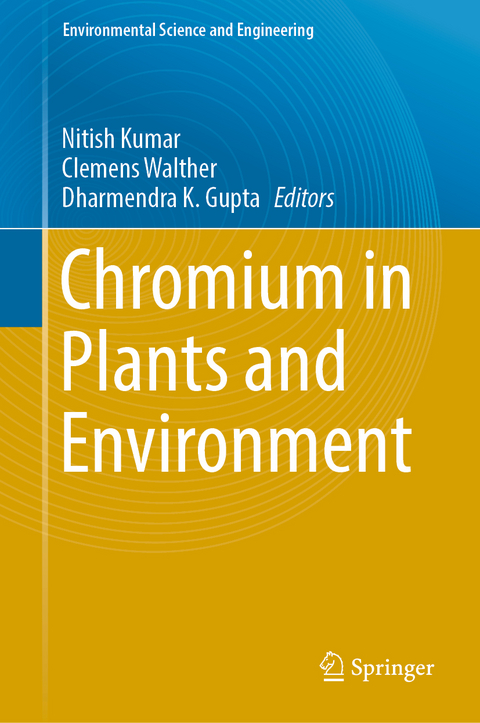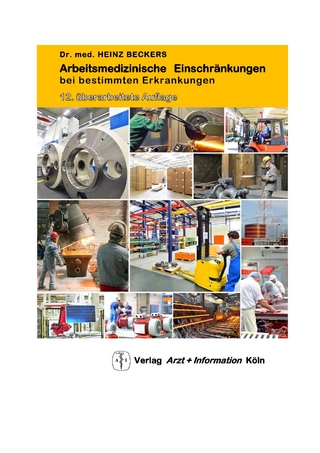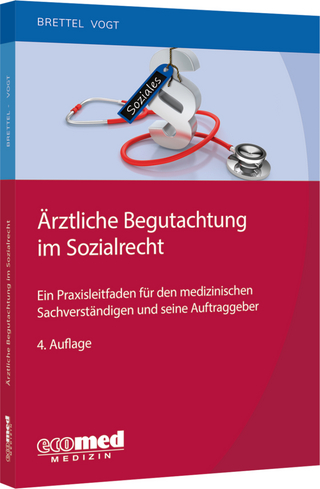
Chromium in Plants and Environment
Springer International Publishing (Verlag)
978-3-031-44028-1 (ISBN)
This edited book brings together a diverse group of environmental science, sustainability, and health researchers to address the challenges posed by global mass poisoning caused by chromium contamination of soil and plants. In recent years, contamination of the environment by chromium has become a major concern. Chromium is a non-degradable, harmful, and toxic pollutant which negatively affects the environment. It is unique among the heavy metals found in industrial wastewater and sewage and sludge, as it may exist as a trivalent cation and as anion in the hexavalent state in the pH range of agricultural soils. It is used on a large scale in many different industries, including metallurgy, electroplating, production of paints and pigments, tanning, wood preservation, chemical production, and pulp and paper production. These industries are contributing larger amount of chromium, which can ultimately have significant adverse effects on biological and ecological activities of ecosystem. Chromium enters the food chain through consumption of plant material. A high concentration of chromium has been found to be harmful to vegetation. As the chromium concentration in plants increases, it adversely affects several biological parameters and eventually renders the soil barren.
The book sheds light on this global environmental issue and proposes solutions to contamination through multi-disciplinary approaches and case studies from different parts of the world.
This book is a valuable resource to students, academicians, researchers, and environmental professionals who are doing field work on chromium contamination throughout the world.
Chromium: Sources, speciation, toxicity and chemistry.- Chromium dynamics in the soil-plant continuum.- Distribution of Cr in soil and its uptake by plants.- Chromium profile in soil, fodders and plasma of crossbreed cattle.- Speciation, chemistry, geogenic formation and dispersion of Chromium in groundwater.- Health risk linked to Cr toxicity in food and environment.- Health impacts of Cr contamination on human health.- A critical evaluation of chromium (III) ecotoxicity to aquatic and terrestrial plants.- Antioxidant defense: A key mechanism of Cr tolerance.- Effects and responses of Cr in plants.- Molecular mechanisms of chromium tolerance in plants: a key role of antioxidant defense.- Microbial remediation technologies for chromium removal: Mechanism, challenges and Future prospect.- Employing microbes for Cr removal.- Toxicity of rhizospheric chromium contaminated soil and its phytoremediation.- Phytoremediation Cr from soil/water.- Genetic engineering for Cr removal.- Toxicityof hexavalent Chromium: A review.
| Erscheinungsdatum | 22.12.2023 |
|---|---|
| Reihe/Serie | Environmental Science and Engineering |
| Zusatzinfo | VIII, 479 p. 63 illus., 44 illus. in color. |
| Verlagsort | Cham |
| Sprache | englisch |
| Maße | 155 x 235 mm |
| Gewicht | 889 g |
| Themenwelt | Medizin / Pharmazie ► Medizinische Fachgebiete ► Arbeits- / Sozial- / Umweltmedizin |
| Naturwissenschaften ► Biologie ► Genetik / Molekularbiologie | |
| Naturwissenschaften ► Geowissenschaften ► Geografie / Kartografie | |
| Technik ► Umwelttechnik / Biotechnologie | |
| Schlagworte | Bioremediation of chromium contamination • Chromium chemistry • Chromium contamination • Chromium in environment • Chromium in plants • Chromium phytoremediation • Chromium toxicity monitoring |
| ISBN-10 | 3-031-44028-5 / 3031440285 |
| ISBN-13 | 978-3-031-44028-1 / 9783031440281 |
| Zustand | Neuware |
| Haben Sie eine Frage zum Produkt? |
aus dem Bereich


